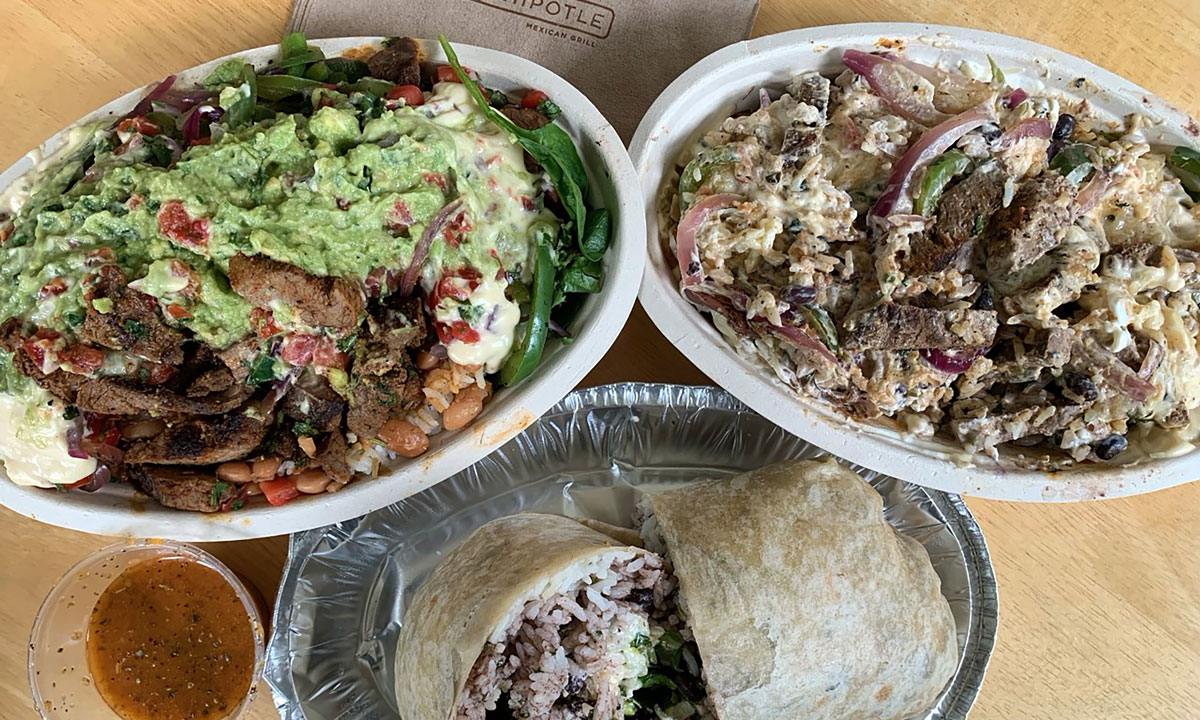Public Charter Schools and the Chipotlification of American Education
Wolfe: Mixing and matching school options is appealing for parents, but it can be overwhelming. Charters can be the 'bowl' that holds it all together.

Get stories like these delivered straight to your inbox. Sign up for The 74 Newsletter
A version of this essay appeared on the Fordham Institute’s Flypaper blog.
Before Chipotle, customization of fast, casual meals was relegated to condiments, not the entire entree. Nearly 20 years ago, the Washington Post wrote a piece about “Chipotlification” — the meal customization model Chipotle introduced — and how it was changing the face of fast food. In 2013, the restaurant chain boasted that there were 65,000 possible menu item combinations — a mind-boggling number of possibilities that would be exponentially greater today.
“Chipotlification ” is the term I think best describes the relatively recent trends of unbundling or assembly in education reform, which allow parents to assemble components of their child’s education to provide them with a personalized learning experience. Unlike those wonky terms, “Chipotlification” better communicates that when customizing education, you need a bowl (or a taco or a tortilla) to hold it all together. Or, as the national education nonprofit organization Bellwether describes it in its work on assembly: the comprehensive platform that connects parents and families to learning providers.
In the education version of Chipotlification, a charter school could be the bowl. Some innovative charter schools, such as Gem Prep in Idaho and GEO Academies in Indianapolis, are already taking the lead in demonstrating what this might look like.
Speaking as a mom, as much as I love the idea of customizing all the components of my child’s education, part of me would fear the decision making, driving and waitlists that would invariably be involved were I to do it all on my own. Many parents already do this during the summer, cobbling together activities, and even that can be exhausting. The notion of doing the assembly year-round to get the best options for my child, let alone for multiple children, not to mention the anxiety of whether I have assembled it correctly, would be overwhelming.
That is where charter schools — the bowls — come in. Charter schools can offer a structure for learning, but also allow for personalization and independence. They can accommodate parents who would be thrilled to customize education on their own because they have the time and resources to hunt down the best music teachers, statistics classes and pickleball teams, as well as others who would be happy to customize the last 10%, or even follow a pre-set plan that seems to work best for their child.
Moreover, charters also provide built-in accountability and funding.
GEM Prep, for example, provides the opportunity for both in-person and virtual learning, giving students — especially in rural areas — greater access to courses and high-quality instructors. Charter schools such as IEM and Springs in California allow students to conduct independent study at home with guidance from an instructor, but also have physical buildings where they can attend some classes. Springs offers students a choice of educational models, from classical to STEM, and can accommodate students who want to attend school fully in person, do independent study at home or something in between.
Great Hearts Nova is a virtual version of the brick-and-mortar Great Hearts classical schools, with in-person microschool components. Third Future schools and GEO Academies also personalize student learning with individual learning plans, where the student sets the pace based on subject matter mastery, and in flexible learning environments, such as group work, one-on-one or virtual.
Schools like these provide on-ramps for customization, especially for parents of students with unique learning needs who require additional services. To allow for even more customization for students, schools could provide grants to their families to further refine their children’s educational experiences.
Taking these approaches would leverage existing charter school accountability systems for new innovations. If a school didn’t have an orchestra or a specific foreign language option, it could enable parents to access those programs elsewhere. Ultimately, the charter would be accountable for the resources used by parents who exercise their autonomy to tap into grants offered by that school. Parents could customize their child’s education, and the school would carefully curate and enable equitable access to resources.
The very concept of chartering is about assembling educational components. It is just that, typically, they are assembled at the community level, reflective of groups of parents and educators. Public charter schools provide leaders with autonomy and flexibility to offer an educational program that can be tailored down to the student level, but with expertise, funding and safeguards to ensure students are learning. Charters are also a way to incrementally implement an assembled, learner-centered public education system both for parents and policymakers. Families can add on educational components without leaving their public schools, and policymakers can offer more options to parents within existing accountability systems for outcomes. Where facilities are limited, charter-based assembly could help expand capacity in areas with high demand. Offering a mix of in-person and virtual instruction can also help with staffing challenges.
As policymakers explore ways of expanding educational freedom, they should consider that charter schools can provide the best of both worlds when it comes to enabling a customized public education: a home base with a school culture, instructor support and camaraderie, along with flexibility to learn at home, in a pod or at a school. As recent data from CREDO show, the charter school policy framework of flexibility for accountability has had a large impact on student achievement: At the school level, charter schools outperformed district schools in reading and math.
To serve more families and provide expanded opportunities for customization, the charter school community should work to remove barriers that impede the creation of these innovative, learner-centered, public schools.
Get stories like these delivered straight to your inbox. Sign up for The 74 Newsletter

;)
